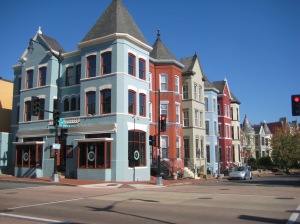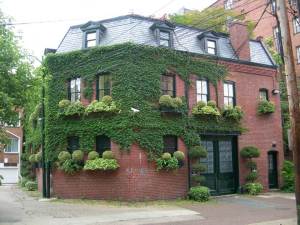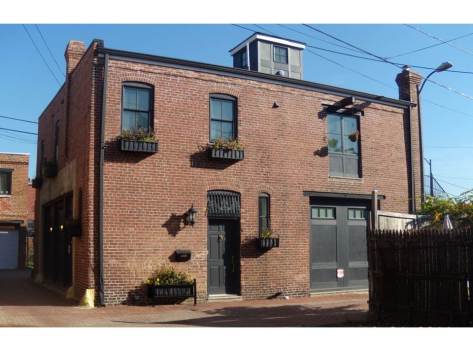Revised drafts of Subtitle D Residential (R) House and Subtitle E Residential Flats(RF), are now available on ZoningDC, as well as the PowerPoint presentation from the June 19th Task Force meeting describing these two subtitles.
The draft subtitles consolidate a lot of the information in one place and include improved tables to make it easier for users to find a relevant section of the code. This might reduce the need to flip back and forth between chapters. For example, you can find the bulk regulations (height, setbacks, etc.) and use permissions for a zone within one Subtitle.
OP also refined aspects of the proposed draft text in in response to feedback received from residents and other District agencies. Accessory apartments (accessory dwelling units) would be permitted subject to the following conditions:
1) Only one per lot;
2) By right in the principal dwelling up to 30% of the gross floor area (current code permits 25% of GFA);
3) By right in an existing accessory building provided there is:
a) Permanent access to a public street that meets the following:
i) 24-foot alley or 10-foot clear side yard easement; and
b) No expansion of or addition to the existing accessory building.
All other accessory apartments would be permitted by special exception.
Other proposed changes pertain to corner stores. Corner stores are currently not permitted unless they have a current, valid Certificate of Occupancy. In the proposed draft text, new corner stores such as retail, arts-related, or eating and drinking establishments would be permitted in the R-3 and R-4 zones by special exception, which would include a hearing before the Board of Zoning Adjustment. Grocery stores would, however, be permitted by right subject to conditions.

More…

